Management
Leadership

Travis Humble
As director of the QSC, Humble leads the Center and serves as the primary contact for DOE, as well as leads the co-design/scientific integration and Industry Council coordination. Humble is a distinguished scientist at ORNL, director of the lab’s Quantum Computing Institute, an associate professor with the Bredesen Center for Interdisciplinary Research and Graduate Education at the University of Tennessee, and an associate editor for the Quantum Information Processing journal. He received his doctorate in theoretical chemistry from the University of Oregon before coming to ORNL in 2005.
Contact
Vivien Zapf
As deputy director of the QSC, Zapf serves as the secondary contact for DOE and helps oversee QSC research efforts. A scientist at the National High Magnetic Field Laboratory’s Pulsed Field Facility located at Los Alamos National Laboratory, her research focuses on using high magnetic fields as tools to induce, probe, and understand potential quantum spin liquid states. Zapf is a fellow of the American Physical Society and currently serves as the chair of APS’s Division of Materials Physics, as well as leads the magneto-electric couplings in quantum materials thrust for the Center for Molecular Magnetic Quantum Materials, a DOE Energy Frontier Research Center. She received her Ph.D. in physics from the University of California, San Diego, was a postdoctoral fellow at Caltech, and joined LANL in 2004.
Contact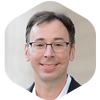
Joel Moore
Moore, a theoretical physicist studying condensed matter, serves as the QSC’s chief scientist. His chief research interest is in the properties of “quantum materials,” in which electron-electron interactions or wavefunction topology yield new states of matter. Moore joined the physics department at UC Berkeley as an assistant professor in January 2002. He received his A.B. summa cum laude in physics from Princeton University in 1995 and spent a Fulbright year abroad before graduate studies at MIT on a Hertz fellowship.

Tom Cook
Cook is the chief operations officer for the QSC. In this role, he leads several key focus areas related to operational support, including project management, procurement, intellectual property, communications, and environment, safety, health, and quality. Prior to being named COO, Cook served as the project management director for the Exascale Computing Project. He has a B.S. degree in materials science and engineering from Michigan State University and has held a certification from the Project Management Institute as a Project Management Professional (PMP)® since 2009.

Alexandra (Sasha) Boltasseva
Boltasseva serves as the QSC’s workforce development lead. Boltasseva received her PhD from the Technical University of Denmark and is currently the Ron and Dotty Garvin Tonjes Professor of Electrical and Computer Engineering at Purdue University where she specializes in nanophotonics, optical metamaterials and quantum photonics. As Purdue’s Discovery Park fellow, Boltasseva leads the university-wide multidisciplinary Big Idea Challenge program in quantum information science and technology/security/health. She is editor-in-chief of the Optical Society of America’s Optical Materials Express journal.

Teresa Hurt
Hurt is the senior administrative assistant to the director of the QSC. In this position, she works closely with the director, deputy director, and numerous principal investigators providing administrative support. Hurt joined ORNL in 2012. Before the QSC, she provided support to the Climate Change Science Institute and the Computer Science and Mathematics Division.
Advisory Boards and Councils
Science Advisory Board
The Science Advisory Board (SAB) advises QSC leadership broadly on issues related to the scientific functioning of the Center. Its members are distinguished scientists whose work spans the scientific areas of the QSC, and many also have experience with scientific management. They are not funded by the QSC and are drawn from a range of domestic and international institutions. The SAB also serves as an additional means to disseminate information about the QSC and develop links with other centers and programs in the Center’s scientific areas.

Allan MacDonald
Chair, UT-Austin

Despina Louca
UVA

David Cory
Waterloo

Oleg Tchernyshyov
Johns Hopkins

Ian Shipsey
Oxford

Marcel Franz
UBC

Marc Kastner
MIT

Jeter Hall
SNOLAB
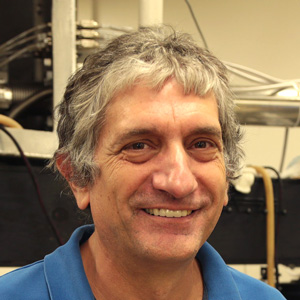
John Martinis
UCSB

Christina Knapp
Microsoft
Industry Advisory Council
The QSC engages directly with the private sector through a dedicated Industry Advisory Council (IAC) composed of senior leadership from industrial stakeholders who provide perspective on the potential impact of quantum science and technology on US industrial competitiveness. The IAC meets twice per year to receive highlights on the signature capabilities of the QSC through prototype and application demonstrations and provides advice to the QSC leadership team to ensure maximum national gain.

Bo Begole
Chair, AMD Research

Julie Love
Microsoft Research
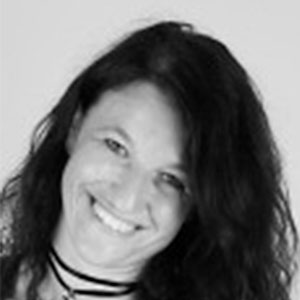
Annarita Giani
GE Research

Jeremy Renshaw
Energy Power Research Institute

David Rivas
Rigetti

Jamie Thomas
IBM

Marco Pistoia
JPMorgan Chase

Amy Herhold
ExxonMobil

Simone Severini
Amazon Web Services

Bob Lucas
Ansys

Timothy Costa
NVIDIA

Sarah Uttendorf
Volkswagen
Governance Advisory Board
The QSC Governance Advisory Board is made up of partner managers and convenes to review the Center’s strategic direction and support QSC leadership in managing effective interfaces to R&D, technology transfer, and commercialization.
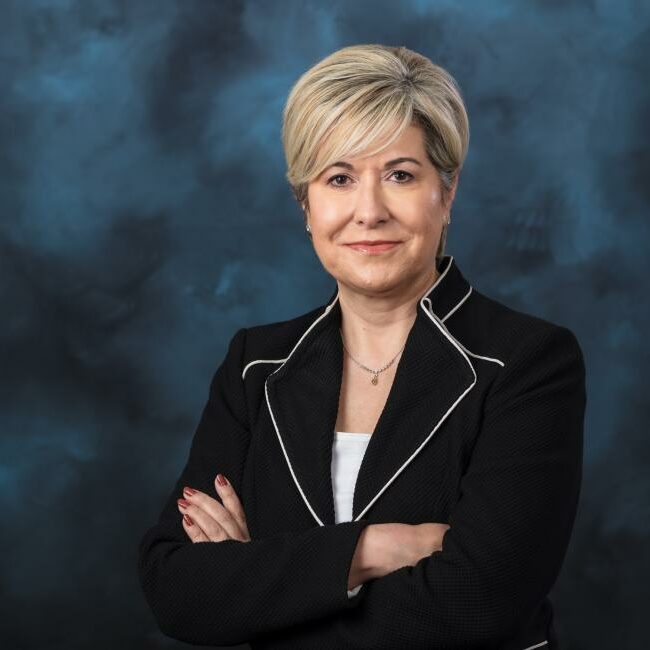
Gina Tourassi
Associate Laboratory Director for Computing and Computational Sciences, ORNL

Mark Chadwick
Associate Laboratory Director for Simulation and Computation, LANL
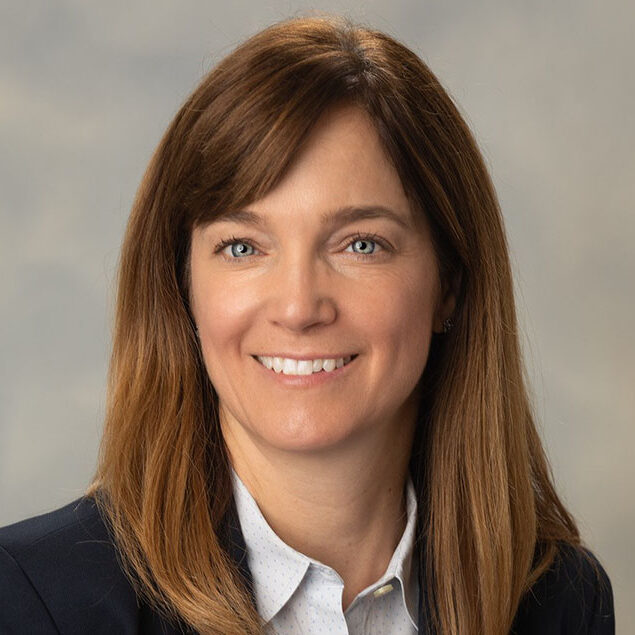
Ellen Cerreta
Associate Laboratory Director for Physical Sciences, LANL

Yong Chen
Director, Purdue Quantum Science and Engineering Institute

Joe Lykken
Division Director, Fermilab Quantum Institute

Chetan Nayak
Director, Station Q, Microsoft
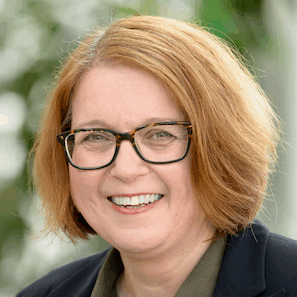
Cynthia Jenks
Associate Laboratory Director for Physical Sciences, ORNL

Zhihong Chen
Director, Birck Nanotechnology Center, Purdue

Panagiotis Spentzouris
Associate Lab Director for Emerging Technologies, Fermilab
